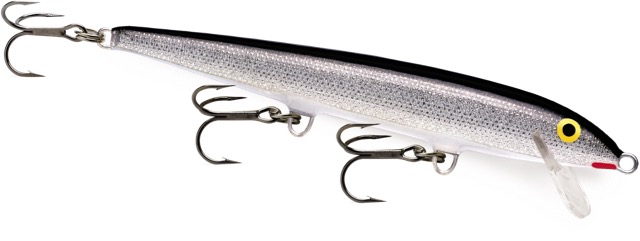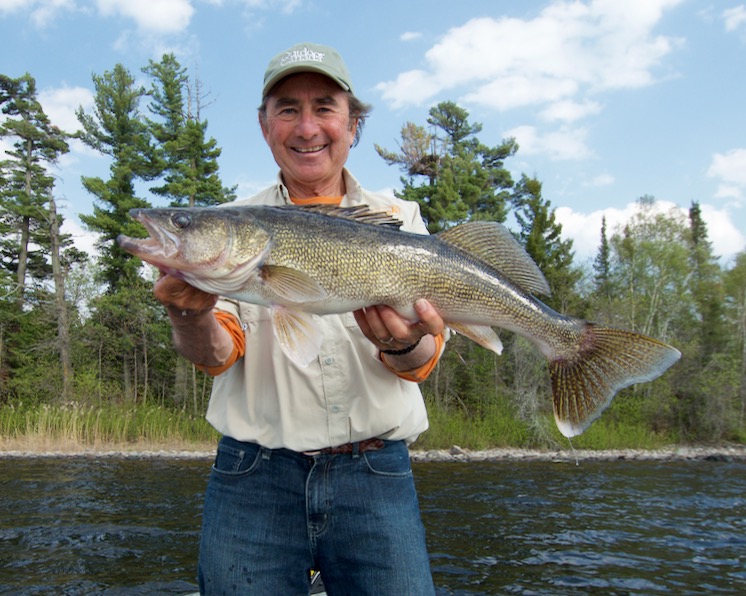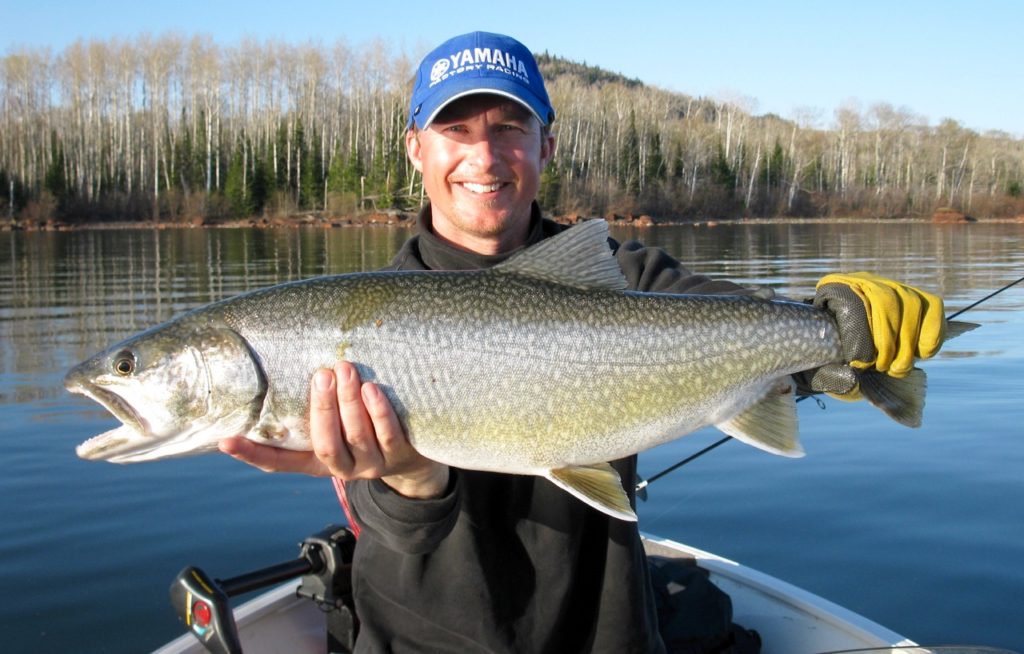What’s for dinner?
To catch more trout, walleye, pike, muskies and bass, focus on what they’re eating—and why
Advertisement
BIG WALLEYE & LAKE TROUT: Feed them big baitfish
As much as I enjoy catching numbers of nice-sized walleye—typically males—my idea of fishing heaven is catching and releasing the giants, which are almost always female. There’s something special about feeling a bite, setting the hook and, for a split-second, thinking you’ve snagged a rock or log. Then you feel the headshakes and think to yourself, That’s not bottom!
Advertisement
The most overlooked early-season trophy walleye pattern is to fish the main-lake structures that most anglers won’t visit for at least another month yet, believing that the fish are still shallow. To be fair, most of the walleye are indeed still shallow, but not the big females. They leave the spawning areas quickly, migrating to their deepwater refuges to devote their energies to the production of more eggs. For that, they focus almost entirely on soft, silvery, pelagic ciscoes, shiners and rainbow smelt.

Those baitfish are so important that I look for them on my sonar screen more than I look for walleye. Pay attention to the depth you see the bait balls suspending, then locate the nearest structures—reefs, rock piles and underwater points—that top off at roughly the same depth. Later in the summer, it’s not unusual to find the big females hanging beneath and around the outside edges of the bait balls, like wolves corralling a herd of caribou. Early in the season, however, the walleye use the edges of the structures as cover to ambush the baitfish.
For that scenario, I troll the same Original Floating Minnow that I use for walleye in the weeds, only in silver with a black back. To fish it over the top and off the sides of the structure, you can use a bottom bouncer to get it down, but I find leadcore line to be much more subtle and far more precise.
Advertisement
That same pattern is also one of my top tactics for targeting late-spring lake trout when they start pulling away from shore. The one subtle adjustment I make is to troll well off the edges in the adjacent open water before circling back to the hard-rock features.


